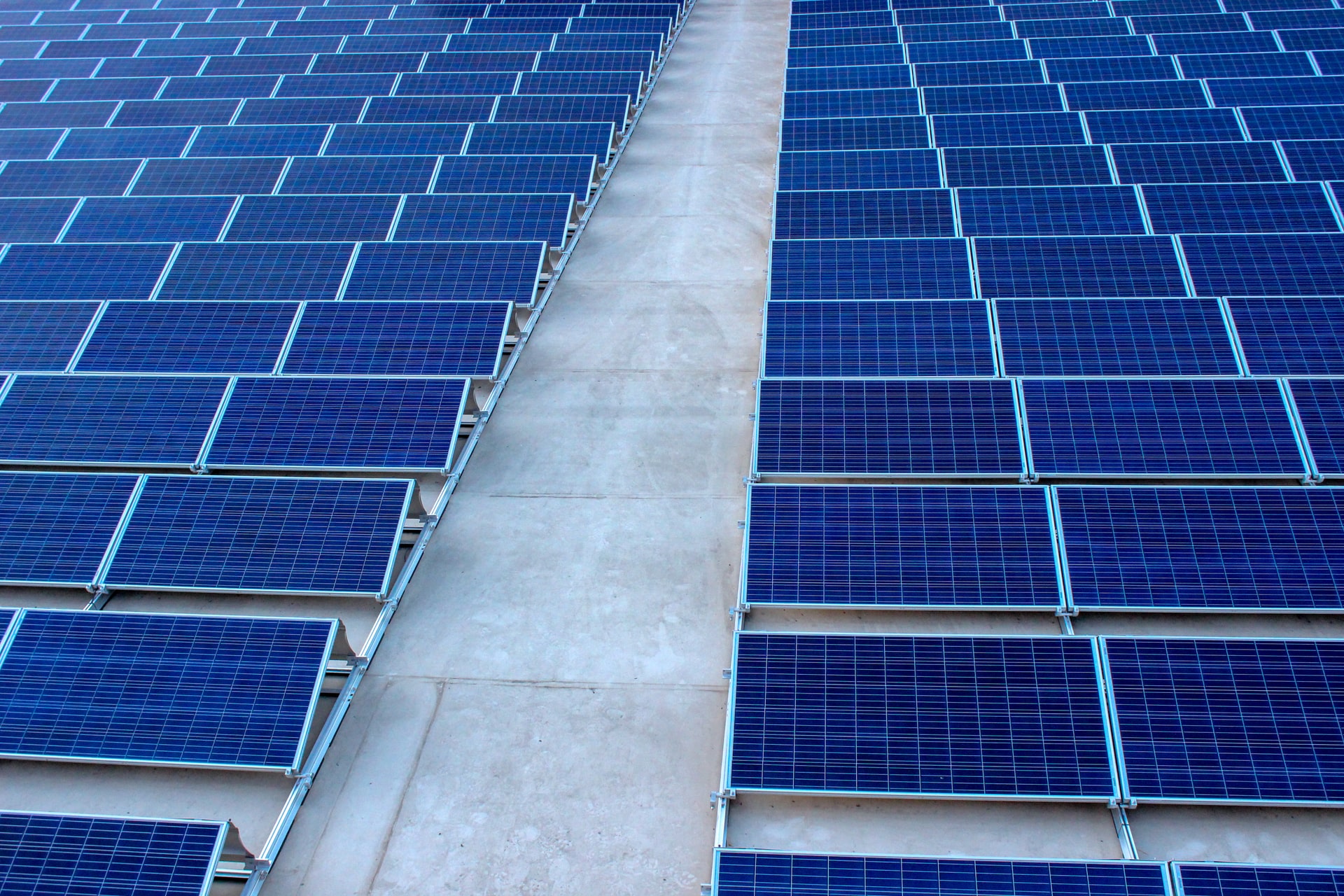Rainy season: why is solar energy still a reliable solution in the drc?
Preconceived ideas about the effectiveness of solar panels in the rainy season
In many tropical regions like the Democratic Republic of Congo (DRC), the rainy season raises questions about the performance of solar installations. Many believe that solar panels become ineffective under overcast skies or during heavy rainfall. This perception hinders the adoption of solar energy, which is essential to overcome the inadequacy of the national power grid.
The consequences of this lack of awareness
This lack of awareness has a number of consequences:
- Reluctance to invest: Individuals and companies are reluctant to invest in photovoltaic systems, fearing insufficient profitability during the rainy season.
- Continued dependence on non-renewable energy sources: In the absence of alternative solutions, the population continues to rely on costly, polluting diesel generators.
- Missed opportunities: The benefits of solar energy, such as reduced energy costs and energy autonomy, are not fully exploited.
Solution: Understand and optimize the efficiency of solar panels during the rainy season.
1. Solar panels work even on cloudy days
Contrary to popular belief, solar panels continue to generate electricity even in the absence of direct sunlight. They capture diffuse light, i.e. sunlight scattered by clouds. According to studies, panels can generate between 10% and 25% of their maximum capacity on cloudy days. In Kinshasa, for example, average sunshine is 4.5 hours per day, solar potential varies between 3.22 and 4.89 kWh/m²/day, and kWp will be evaluated according to the daily energy needs of each household.
2. Rain can improve panel performance
Rain plays a beneficial role in naturally cleaning solar panels. It removes dust, dirt and other debris that can similarly block sunlight. As a result, the panels regain better exposure, reproduce energy more efficiently and extend the life of the system.
4. Technologies for cloudy conditions
Some solar panel technologies, such as monocrystalline panels, perform better in low-light conditions. In addition, the use of microinverters or power optimizers maximizes the energy output of each panel, even when some are partially shaded.
5. Integration of energy storage systems
The installation of energy storage batteries enables the energy generated during sunny periods to be stored for later use, ensuring a continuous power supply even on days with little sunshine.
6. Regular maintenance for optimum performance
Regular maintenance, including panel cleaning and component checks, ensures optimum solar system performance all year round.
Solar power remains a reliable and efficient option even during the rainy season. Thanks to diffuse light, cooler temperatures and adapted technologies, solar panels continue to generate electricity, contributing to energy self-sufficiency and cost reduction. It's essential to dispel preconceived ideas and encourage the adoption of solar energy as a sustainable solution, even in less favorable climatic conditions.
Need a solar system adapted to your climate and needs? Contact GoShop and benefit from personalized support.
GoShop, Your Energy Provider

Is solar energy really effective during the rainy season?